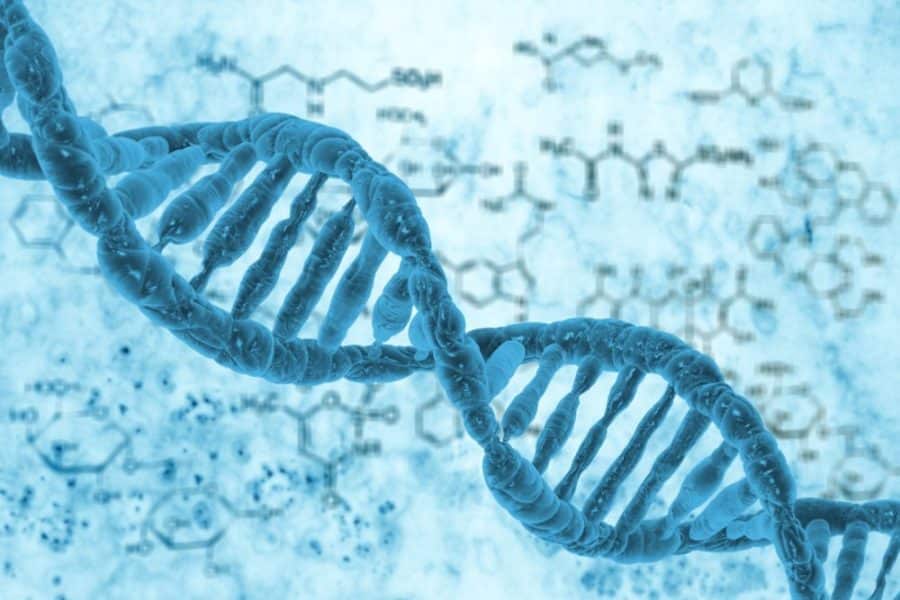Well, good things come in small packages (except the batmobile of course.)
We know that in case you happen stretch out all of the DNA in your body end to end one sunny afternoon, it would approximately be 1.2 × 1010 miles; that is about 70 trips to the scorching Sun and back. Furthermore, there’s more than three feet of it in every cell. No, am not giving you this information to inspire you to build a DNA bridge from the earth all the way to the sun (although would be glad if you did and probably arrive to inaugurate if sponsored), but to prep for this piece. All this information makes you wonder how the body has packaged this into tiny cells in your body does it not?
Additionally, the nature of this package in cells is found to influence the activity of our genes and our susceptibility to diseases, helping researchers in all areas of health care, from cancer and heart disease, to muscular dystrophy and osteoarthritis.
The DNA is housed in the Chromosomes which condenses the structure to fit it into the cells’ tiny quarters. DNAs are negatively charged; therefore to counter this, the cell makes a positively charged protein
known as the Histone. This Histone- specifically linker histone H1, wraps the DNA or the DNA loops around 8 histones twice, forming the nucleosome. This nucleosome coils to form the called chromatin fibers which are condensed to form chromosomes during the process of cell division.This is all general theory that most of us are already aware of. And what is the point of an article that only talks about something people already know you ask?
Well, scientists at the University of Rochester School of Medicine and Dentistry have teamed up with their French and Japanese counterparts, and have now provided a first-ever detailed picture of the most basic building blocks or key players involved in this packaging process. It also paints an elaborate picture of how the tight structure that H1 creates during the binding process helps shield the DNA from various factors that can activate or “turn on” certain genes. Therefore, elucidating that without H1, the DNA is more accessible to factors that could possibly trigger disease-causing genes.
The teams in France and Japan, in the course of the investigation used specialized microscopes and X-rays to capture pictures of DNA molecules interacting with H1 and other key components, and owing to the size of DNA and protein molecules, the pictures generated by these techniques were difficult to analyze. Therefore, Amber Cutter, lead scientist of the study, put all of the components—DNA, H1, and other proteins—together in tiny test tubes and conducted various biochemical experiments, coupled with the X-ray images which finally confirmed H1’s role.
The whole deal is high on the complexity meter, and therefore necessitates a lot more research before application to clinical treatment. The study also demonstrates that the importance understanding the most basic biological processes cannot be stressed enough.



























